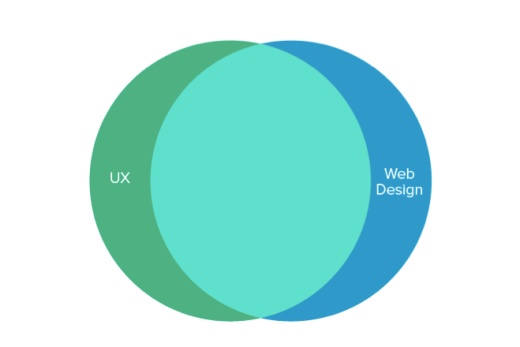One
major aim of your website redesign is to improve your interaction with clients
and get them interested in as many of your products and services as possible.
By paying attention to three elements during the redesign process, you can
achieve this goal.
You
might think artwork and graphic design is the most important aspect of your
website redesign, but it’s more complicated than that. There are three things
that you need to “nail”, and if you do, you’ll be on your way to turning your
website into a sales engine.
This
article will show you which three elements are most important, and how you can
implement them in your site.
1.
Customer-Driven Design
The
aesthetics, as well as the usability of your site, determine whether visitors
choose to stay and browse or leave. To come up with a customer-driven site, you
need to:
• Define who your audience is, understand what they are looking
for and state it plainly so they can easily understand it.
• Come up with a modern, uncluttered user interface that is
easy to understand and navigate.
• Have legible fonts, a color scheme and photography that is
relevant and appeals to your audience.
• Create a consistent layout with the
important elements marked and clearly visible.
Pro tip: What you write for
your customers on each page of your site is very important. Don’t chase away
potential clients. People scan, not
read paragraphs. Knowing your customer enough to talk in their language versus
in your company-speak will help your message connect.
2.
Relevant Content
For a site redesign to be
successful, you need to deliver valuable content to your audience as quickly as
possible. Do a content audit on your current site and take stock of what you
have and what needs to be added. Then, survey your audience and use web analytics
to evaluate which content most visitors are reading, and update that content
and use it to get better results.
Pro tip: We’ve written before about providing content that your customer
wants and expects — more than
just “brochureware” on your people, services, and company-focused information.
Content comes in various formats. Don’t be afraid to try more graphical content
like infographics or video-based content. Knowing your ideal customer’s habits
can clue you in on what types of content they will be willing to consume.
3.
Calls to Action
Your website Design should be aimed at
getting your site visitors to perform some kind of action. Thus, it is important
that you provide calls to action throughout your website to prompt your
visitors to do something specific. Your calls to action should be very obvious
and clear, and you can achieve this by:
·
Using colors that contrast the
background of the site, so that the call to action buttons stand out.
·
Making call to action graphics
large enough to stand out and place them where they are clearly visible.
·
Writing the words in your call to
action in a straightforward way, thereby getting visitors to do the specific action
you want them to.
·
Keep it simple. Make it an easy
process for visitors to carry out the action.
Pro tip: Briefly set an expectation of what
people can expect when they click. If the call to action is to download your
whitepaper, give them a couple bullets of how the whitepaper will benefit them.
There are many things that you
should pay attention to during website redesign, but by ensuring that you have
a customer-driven site, great content and plenty of calls to action, you will
be able to use your website effectively to generate leads and sales.




